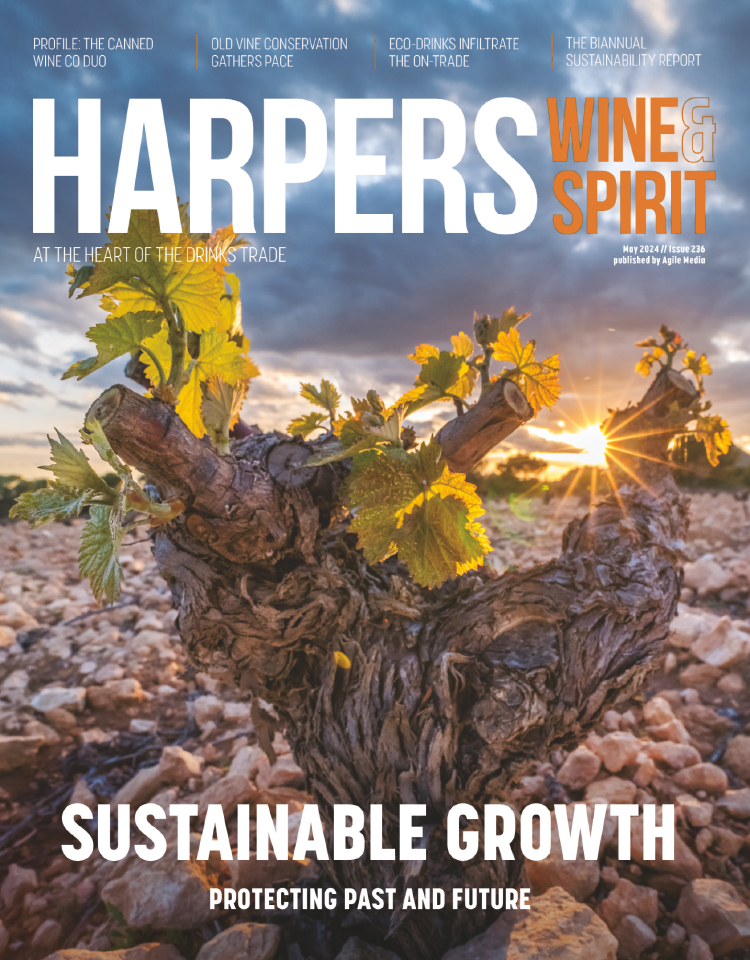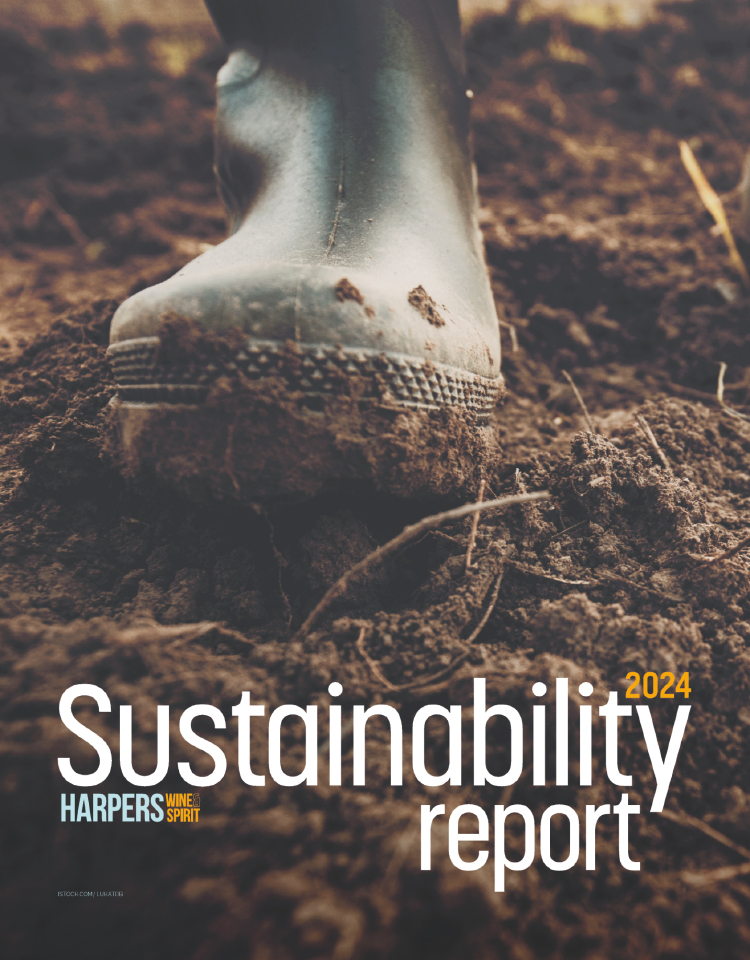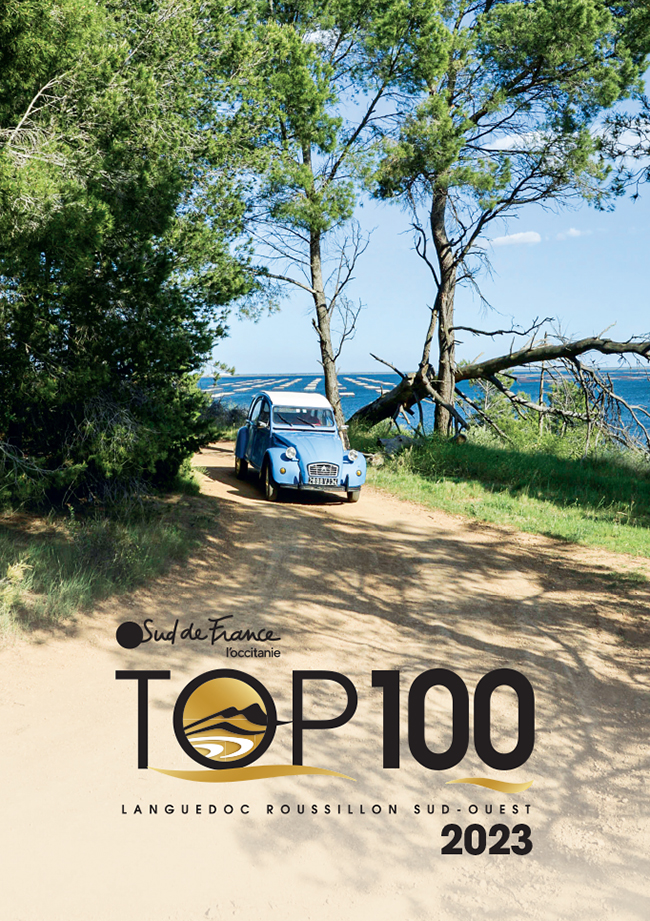
Kanonkop marks 50th with salvo of older vintages in London
Kanonkop Wine Estate celebrated its half century yesterday (11 May) with a masterclass looking back at notable older vintages of Estate Pinotage and Cabernet Sauvignon, stretching back several decades.
The iconic Cape producer, which was born on the Uitkyk farm of former South African prime minster Paul Sauer, also has the accolade of being the first to plant Pinotage (along with Cabernet), with the first wines bottled back in 1973.
Hosted by Sauer’s grandson Johann Krige and winemaker Abrie Beeslaar in Berry Bros. & Rudd’s rambling labyrinth of an HQ on St James’s Street, these self-styled ‘pioneers of Pinotage’ presented a vintage of Pinotage from each preceding decade back to 1989 (scarcity prevented any older) and Cabernet back to 1973.
As an opportunity to show the elegance and age-worthiness of top-flight Pinotage and Cabernet from The Cape, the event certainly succeeded, with the Pinotages being particularly notable in showing an attractive mix of suppleness and spice, while retaining a fine balance with age.
The character of individual vintage, however, was also to the fore, with quite distinct differences between wines in each flight (allowing for age), which Beeslaar helped to explain with a simple chart of the rain, heat and wind conditions across the growing season in each given year.
Perhaps as expected, more of the conversation centred on Pinotage, along with a question as to how the consistent high quality of Kanonkop’s wines hasn’t always been paralleled by rival examples out of The Cape.
With a nod to the terroir of the estate, Beeslaar explained that bush vines and low yielding clones were key in delivering small bunches, expressing greater quality and a clear expression of site –“it has to be site specific”.
Over-extraction in response to the recent past trends to higher alcohol, blockbuster red styles, he added, didn’t bring out the best in this Cinsault-Pinot Noir cross.
Moreover, said Beeslar: “Pinotage is one of the most difficult varieties to work with… a difficult variety, but also a rewarding variety; what you get out is what you put in.
As to the UK critic brave enough to raise the question in such company of the sometime less than favourable perception of Pinotage beyond South African shores, Beeslaar quipped that, “if you want to miss out on great wines, then don’t drink Pinotage”.
Perhaps more tellingly, given the general ascendancy of quality Pinotage in recent years, he added: “But I’d [also] say I’m asked that question much less often these days.”
On the next 50 years for Kanonkop, Krige looked back, describing a “seamless” transition between just three winemakers over its 50 years, with many aspects of winemaking “staying more or less the same”.
“If it works, don’t reinvent the wheel. You can make your motorcar more comfortable, with less fumes, less fuel consumption and whatnot, but the wheel stays the same… it will still be going round and round, doing its job in 1,000 years.”
Krige added that the quality of wine everywhere is improving, meaning the bar is constantly being raised – including for Kanonkop.
At Kanonkop, where the estate is undertaking a far-reaching sustainability drive, this has led to asking ‘what did the estate look like 100 years ago?’. And answering this question with a programme of ecological restoration, carbon-footprint reduction and strong social commitment to its extended estate team. All of which bodes well for the ‘Pinotage pioneers’ for the next 50 years.







